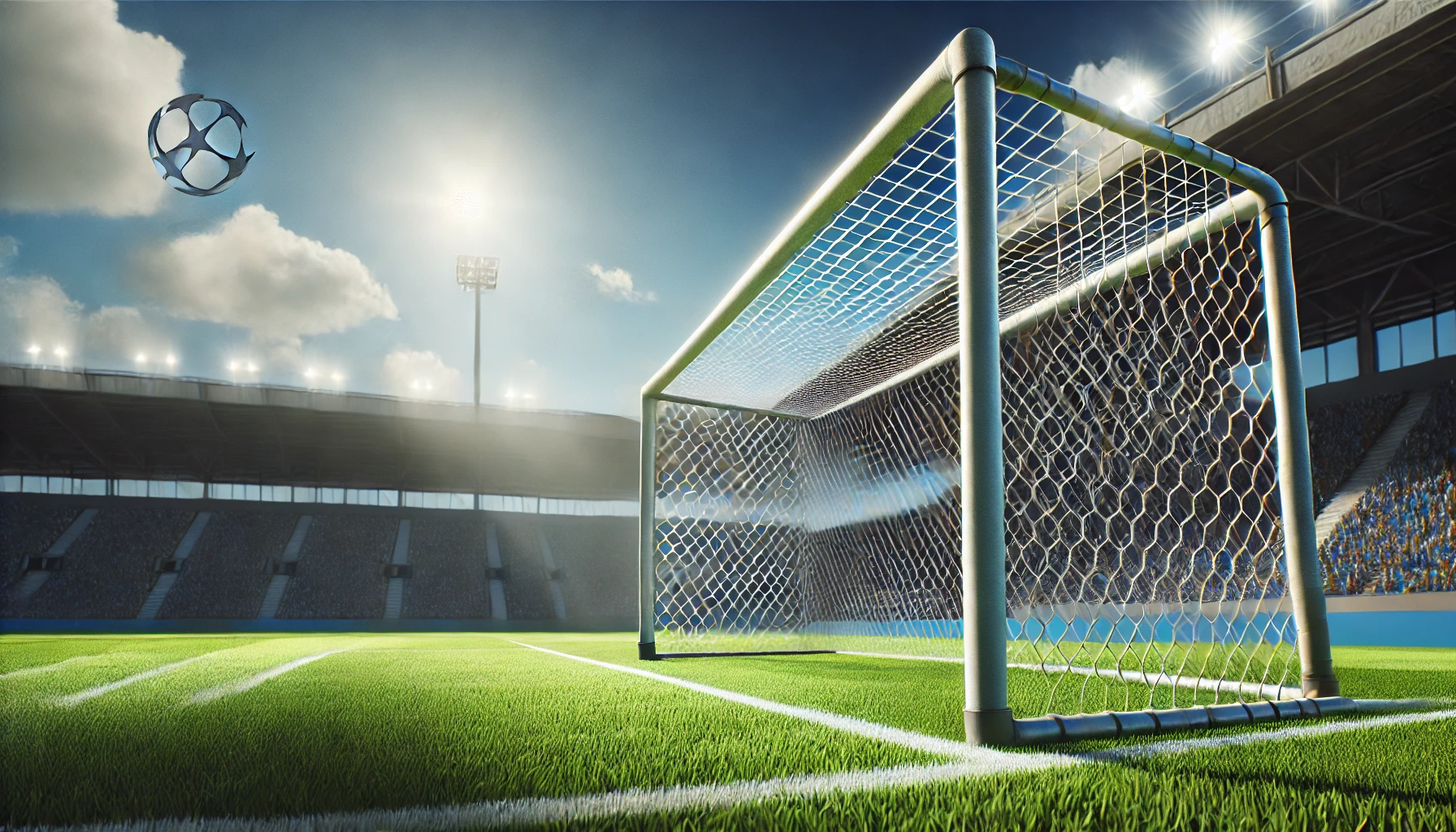Goal Post: Everything You Need to Know 2025
Introduction to Goal Post
Goal Post is an essential part of various sports, acting as the target for scoring points. Whether in football, soccer, rugby, or hockey, goal posts define the game’s objective. In this article, we will explore the importance of goal posts, their different types, materials used, and how to choose the best one for your needs.
What Is a Goal Post?
A goal post is a vertical structure used in sports to define the scoring area. The design and dimensions vary depending on the sport. Some goal posts have nets attached to catch the ball or puck, while others are just poles.
Importance of Goal Posts in Sports
Goal posts play a crucial role in many sports. Here’s why they are important:
- Define the Scoring Area – They mark the space where a team can score points.
- Ensure Fair Play – Standardized goal posts maintain fairness in competitive games.
- Help Players and Fans – They provide clear visibility of scoring opportunities.
- Enhance Training Sessions – Coaches use them for drills to improve player performance.
Types of Goal Posts
Different sports require different types of goal posts. Here are some common ones:
1. Football Goal Post
- Used in American football.
- Typically 10 feet high with an 18.5 feet wide crossbar.
- Often made of steel or aluminum.
2. Soccer Goal Post
- Used in association football (soccer).
- 8 feet high and 24 feet wide.
- Includes a net to catch the ball.
- Made from steel, aluminum, or plastic.
3. Rugby Goal Post
- Taller than other goal posts, often reaching 35 feet high.
- Consists of two vertical posts with a crossbar.
- Used for drop goals, penalty kicks, and conversions.
4. Hockey Goal Post
- Used in field and ice hockey.
- Smaller than soccer goals, usually 7 feet wide and 4 feet high.
- Designed to withstand fast-moving pucks or balls.
5. Basketball Hoop (Special Mention)
While not a traditional goal post, basketball hoops serve a similar function in scoring.
Materials Used in Goal Posts
Goal posts come in various materials, each with its advantages:
- Steel – Strong and durable, often used in professional stadiums.
- Aluminum – Lightweight, rust-resistant, and easy to move.
- Plastic/PVC – Ideal for kids or training purposes, as it’s affordable and lightweight.
- Wood – Used in older or custom-built goal posts.
How to Choose the Right Goal Post
Selecting the right goal post depends on several factors:
1. Sport Type
Choose a goal post that matches your sport. A soccer goal won’t work for football, and vice versa.
2. Durability
If used for professional or frequent games, opt for steel or aluminum. For casual use, plastic or PVC is sufficient.
3. Size
Ensure the goal post meets official sport regulations if used for competitions. For training, smaller options can be useful.
4. Portability
Do you need a fixed or portable goal post? Portable goal posts are great for practice and recreational games.
5. Budget
High-end goal posts can be expensive. Determine your budget before purchasing.
Maintenance Tips for Goal Posts
To ensure longevity, follow these maintenance tips:
- Regular Cleaning – Remove dirt, rust, or debris.
- Inspect for Damage – Check for cracks or broken parts.
- Tighten Bolts and Screws – Ensure stability before games.
- Store Properly – If portable, store in a dry area when not in use.
- Use Protective Covers – Some sports require padding for safety.
Fun Facts About Goal Posts
- The tallest goal post is used in rugby, reaching up to 35 feet.
- The first goal post in soccer was just two sticks with a rope across the top.
- In American football, goal posts used to be at the front of the end zone before being moved back.
Conclusion
Goal posts are a vital part of many sports, helping define the game and providing clear scoring opportunities. Whether for soccer, football, or hockey, choosing the right goal post ensures better gameplay and training. By understanding the types, materials, and maintenance, you can make the best choice for your needs.
With the right goal post, every game becomes more exciting and competitive. So, choose wisely and play on!




Post Comment